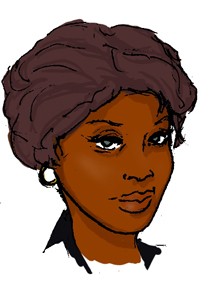 “I will not tolerate my child disrespecting me. And if I have to whup their behinds to get them to show respect, then I will.”
“I will not tolerate my child disrespecting me. And if I have to whup their behinds to get them to show respect, then I will.”
I hear this from parents all the time. And I know how they feel, because there was a time when I felt the same way. It’s frustrating when you feel that your child isn’t showing you the proper respect. It’s natural to get frustrated. And it’s easy to get angry, too.
I learned the hard way (raising my kids) that children don’t usually set out to disrespect their parents. They might be so focused on what they want, so impatient to reach their goal, that they forget their manners, their “home training” and any sign of good sense. It’s enough to make a parent wanna holler. And sometimes raise our hands to hit them.
But respect goes two ways. And hitting someone to get them to respect you doesn’t always work the way you might think it will. Now some parents want their child to fear them—they consider this respect. Is this you?
I know it was me. It took me awhile to learn that spanking breaks the bond of trust that a child has with their parent. And respect is grounded in trust, not fear. So what can you do when your child is being disrespectful?
- Take a minute to calm down and get clear on how you’re feeling. Angry? Afraid? Some combination of the two? Let your feelings speak to you.
- When your head clears and your heart stops pounding, invite your child to sit with you for a quick conversation.
- As soon as possible after the “disrespect” incident, look your child in the eye and tell him or her clearly (and calmly) that the problematic behavior is no longer an option.
- Allow child to respond (yes, I KNOW how hard this is!)
- Remind your child that you love and support them no matter what.
- Then (now that you’ve laid the groundwork), clearly explain what is wrong about what they did and/or said, and why it feels disrespectful.
- Explain your values around the issue of disrespect. Share why it’s important to you, and how bad it feels when you aren’t feeling respected.
- Ask them if they’ve ever felt that way. Help them explore and really understand what respect means to you, and to themselves, so you’re coming from the same place.
- Try to find out what was behind their behavior, so you’ll know what’s going on with them. Explain that you’re respecting them by doing this. Ask them how it feels.
- Ask for what you want: give them a specific outline for the behavior that you’ve described, so they’ll know, in their young brains, what’s expected of them.
- Talk it out! And by that, I mean you listen and encourage your child to talk.
- Don’t take it personally. Once you’ve calmed down and are talking with your children, ask specific questions about what’s challenging in their life. Make sure your behavior is something you want your child to imitate. And then you won’t have to worry about feeling disrespected.
- Keep R – E – S – P – E – C – T at the heart of every discussion with your children. SHOW them the way you want them to behave.
Remember African-American author James Baldwin, who taught me that, “Children have never been very good at listening to their elders, but they have never failed to imitate them.”
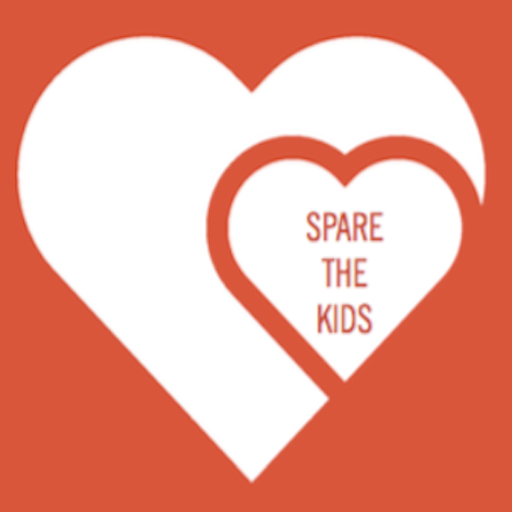

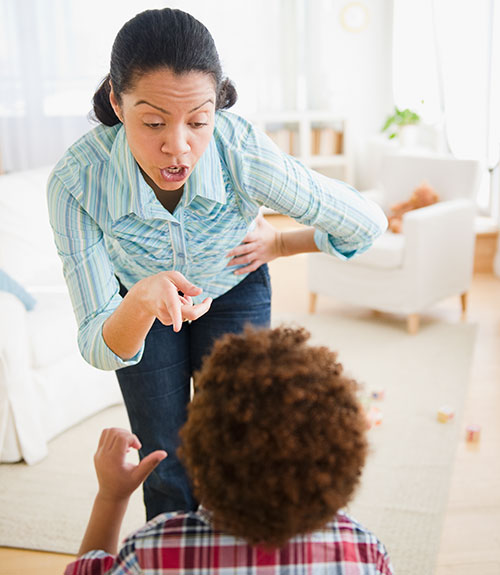
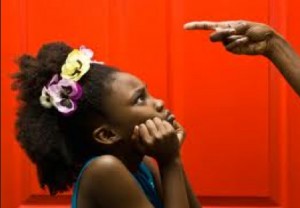
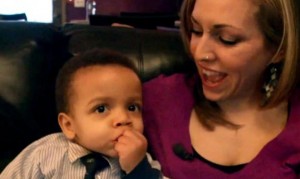
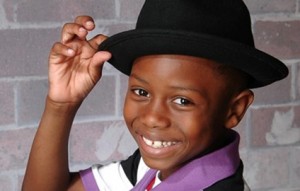

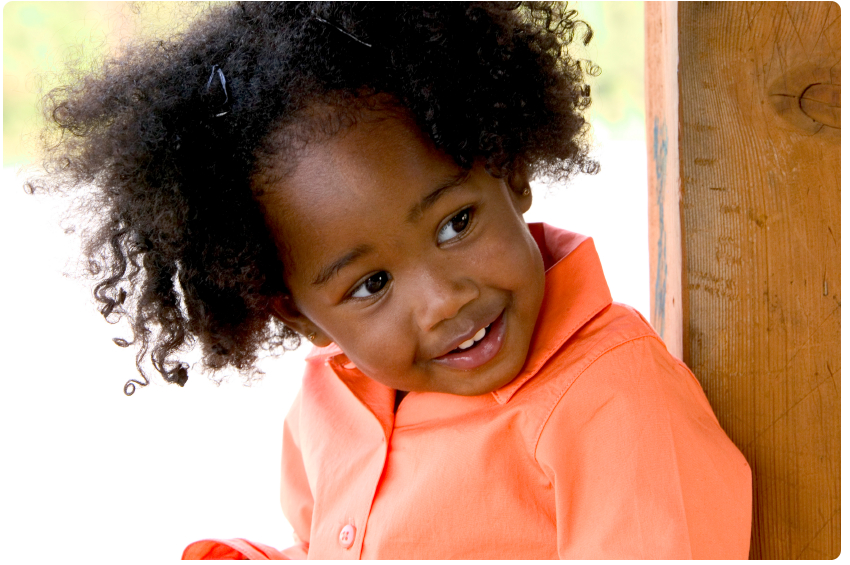
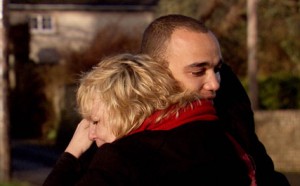
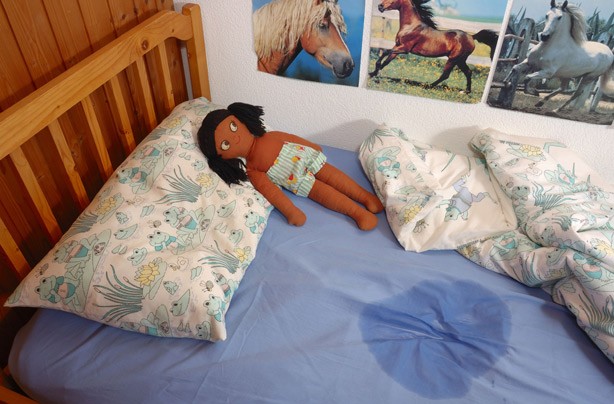

Recent Comments